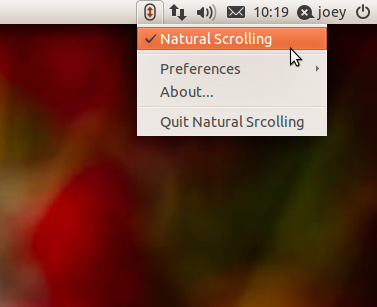In all fairness, base overclocking is not an entirely new process as this resembles pretty much the method that overclockers had to use in the Pentium II and Pentium III days, when they didn't had a fully adjustable FSB, but instead were forced to rely on a series of predefined clock frequencies (66MHz, 100MHz, 133MHz).
This time however, once a base frequency has been set this can be further fine-tuned by as much as 5% in either direction.
What this means is that selecting a 100MHz BCLK would allow enthusiasts to modify this speed between 95MHz and 105MHz, providing them with greater flexibility in their overclocking endeavors.
The number of base clocks supported will depend fully on the processors that is being used, and VR-Zone has found out that in the case of Ivy Bridge users will only get two such clock speeds, 100MHz and 133MHz.
While it is still better than the almost completely locked multiplier of the current Sandy Bridge processors, it goes without saying that this method still doesn't offer the flexibility which characterized the previous Nehalem CPUs.
To make matters worse, a slide uncovered by the same publication goes on to suggest that not even chips built using the high-performance Sandy Bridge-E architecture won't come with a fully unlocked BCLK.
Just like for Ivy Bridge, Intel will also use a predefined series of base clock frequencies, but this time these will include more options, VR-Zone suggesting support for 100, 125, 166, 200 and 250 MHz BCLK speeds.
Finally, I guess we'll just have to wait and see how this one plays out, but in the end Sandy Bridge-E may not become the beast of an overclocker that everybody expected it to be.





























